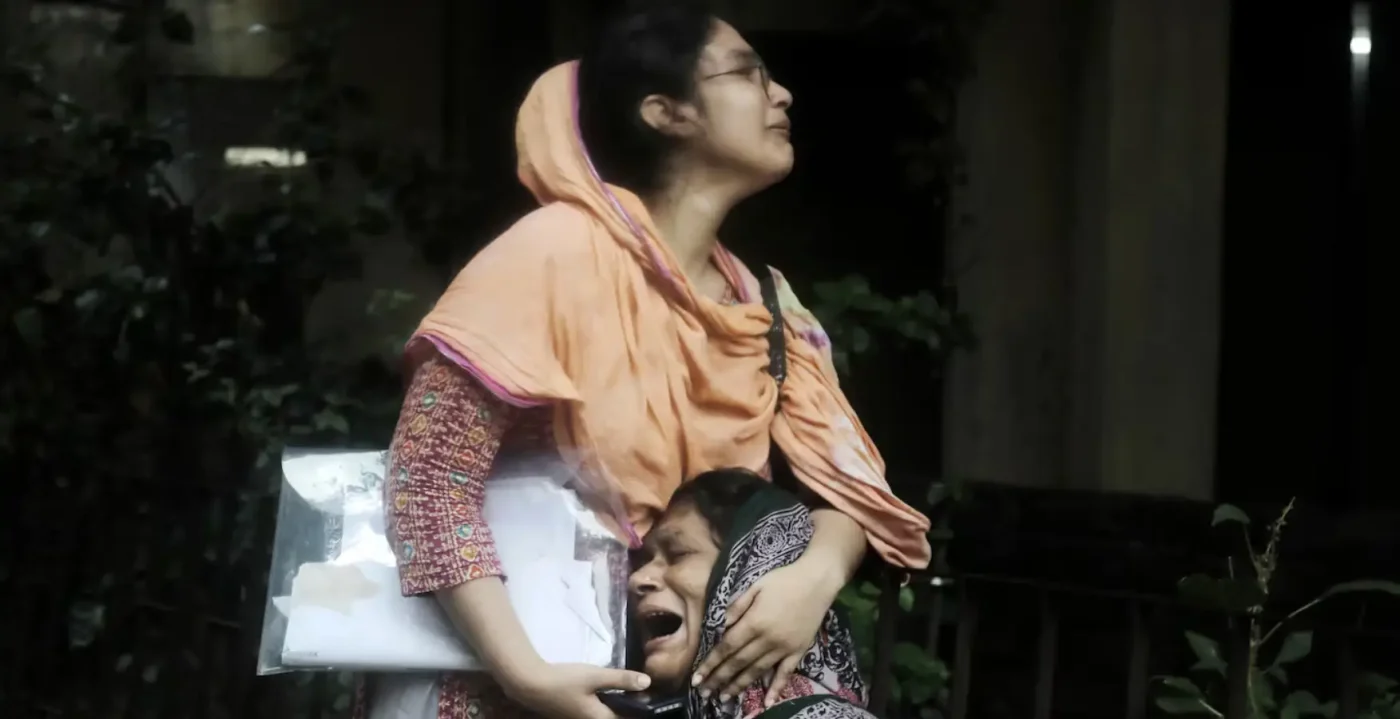Bangladesh finds itself at a precarious crossroads as escalating tensions between India and Myanmar spill over its borders, exacerbating security concerns and straining resources. The ongoing instability in Myanmar, coupled with India’s strategic maneuvers in the region, has placed Dhaka in a delicate balancing act, navigating refugee crises, border security, and geopolitical pressures. With the Rohingya crisis still unresolved and new conflicts emerging, the implications for Bangladesh are profound, raising questions about its stability and long-term regional role.
Border Tensions and the Myanmar Crisis
Myanmar’s internal strife, marked by military crackdowns and ethnic conflicts since the 2021 coup, has had a direct impact on Bangladesh. Over 1.2 million Rohingya refugees, fleeing persecution in Myanmar’s Rakhine State, remain in sprawling camps in Cox’s Bazar, a situation that has stretched Bangladesh’s humanitarian and economic capacities to the limit. Recent reports from trusted outlets indicate renewed clashes near the border, with artillery fire and skirmishes between Myanmar’s military and rebel groups occasionally spilling into Bangladeshi territory. This has led to civilian casualties and heightened fears of further displacement.
The Bangladeshi government has repeatedly called for international support to repatriate the Rohingya, but progress remains stalled. Myanmar’s refusal to guarantee safe return conditions, combined with ongoing violence, has left Dhaka with few options. As one senior official noted, “We cannot bear this burden indefinitely” said a spokesperson for the Ministry of Foreign Affairs, reflecting the growing frustration within the administration.
India’s Role and Strategic Interests
India, sharing a long border with both Bangladesh and Myanmar, has emerged as a key player in this complex regional dynamic. New Delhi’s relationship with Myanmar’s military junta, driven by strategic interests such as countering China’s influence and securing its northeastern states, has raised eyebrows in Dhaka. India has continued to engage with Myanmar through trade and infrastructure projects, including the Kaladan Multi-Modal Transit Transport Project, which aims to connect India’s northeast to the Bay of Bengal via Myanmar. However, this engagement has been criticized for indirectly legitimizing a regime accused of widespread human rights abuses.
For Bangladesh, India’s policies have direct consequences. Strengthened ties between New Delhi and Naypyidaw could embolden Myanmar’s military, potentially prolonging the conflict and delaying resolution of the Rohingya crisis. Moreover, India’s border security measures, including fencing along the Bangladesh-India frontier, have restricted movement and trade, adding economic pressure on Dhaka. Analysts suggest that if India prioritizes its geopolitical rivalry with China over regional stability, Bangladesh could face increased isolation in addressing cross-border challenges.
Security Threats and Domestic Implications
The instability in Myanmar has not only fueled the refugee crisis but also heightened security risks for Bangladesh. Armed groups and criminal networks operating along the porous border have exploited the chaos, engaging in smuggling, human trafficking, and arms trade. Bangladeshi security forces have reported a rise in incidents involving illegal crossings and contraband, with one recent seizure uncovering a cache of weapons believed to have originated from conflict zones in Myanmar. This poses a direct threat to internal stability, particularly in border regions where local communities are already grappling with economic hardship.
Domestically, the prolonged presence of Rohingya refugees has sparked tensions. While Bangladesh has been lauded for its humanitarian response, public sentiment has grown increasingly strained. Competition for resources, environmental degradation around refugee camps, and sporadic clashes between locals and refugees have fueled resentment. The government faces the delicate task of maintaining social cohesion while addressing legitimate grievances on both sides. As one community leader in Cox’s Bazar put it, “We want to help, but our own people are suffering too” said the representative, capturing the dilemma at the heart of the crisis.
Economic Strain and Humanitarian Challenges
The economic toll of hosting over a million refugees is staggering for a country like Bangladesh, which is already navigating post-pandemic recovery and climate change vulnerabilities. The cost of maintaining the Cox’s Bazar camps, estimated at over 30 billion Bangladeshi Taka (US$250 million) annually, has diverted funds from critical development projects. International aid, while significant, has not kept pace with the growing needs, leaving gaps in food, healthcare, and education services for refugees.
Beyond the camps, the ripple effects of regional instability have disrupted trade routes and cross-border commerce, particularly with Myanmar. Once a modest but steady trade partner, Myanmar’s descent into chaos has led to a sharp decline in bilateral exchanges, impacting Bangladeshi exporters and local markets. Meanwhile, India’s border policies have compounded these challenges, with stricter controls affecting informal trade networks that many border communities rely on for their livelihoods.
Geopolitical Balancing Act
Bangladesh’s foreign policy is now caught between maintaining cordial ties with India, a major economic and political partner, and pressing for a resolution to the Myanmar crisis. Dhaka has sought to leverage platforms like the South Asian Association for Regional Cooperation (SAARC) and the Bay of Bengal Initiative for Multi-Sectoral Technical and Economic Cooperation (BIMSTEC) to advocate for collective action. However, India’s dominant role in these forums often overshadows Bangladesh’s concerns, leaving policymakers frustrated.
At the same time, Bangladesh must navigate its relationship with China, which has significant investments in Myanmar and maintains close ties with the junta. Dhaka has welcomed Chinese infrastructure projects under the Belt and Road Initiative, but aligning too closely with Beijing risks straining relations with India and Western partners. This delicate balancing act is further complicated by domestic pressures to prioritize national interests over regional diplomacy.
Looking Ahead: A Call for Regional Cooperation
As the situation in Myanmar shows no signs of abating, the burden on Bangladesh is likely to intensify. Without a coordinated regional response, the risk of further instability—be it through refugee inflows, border skirmishes, or economic fallout—remains high. Experts argue that India, as a regional powerhouse, must take a more proactive role in mediating the crisis, balancing its strategic interests with humanitarian imperatives. Collaborative efforts involving ASEAN, the UN, and neighboring states could provide a framework for addressing the root causes of Myanmar’s conflict and alleviating the pressure on Bangladesh.
For now, Dhaka continues to grapple with the immediate challenges of security and resource allocation while advocating for long-term solutions. The resilience of the Bangladeshi people, often tested by natural disasters and political upheavals, is once again on display. Yet, as the shadow of regional instability looms larger, the question remains: how long can Bangladesh sustain this burden without broader international and regional support?















